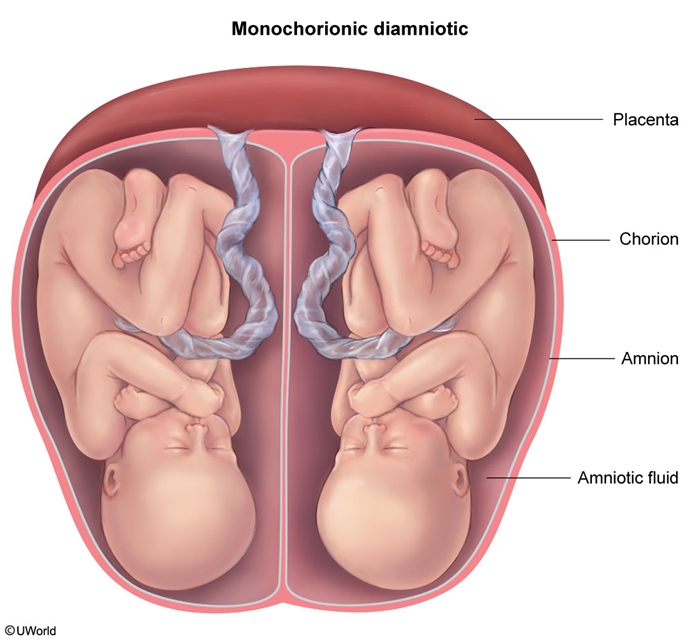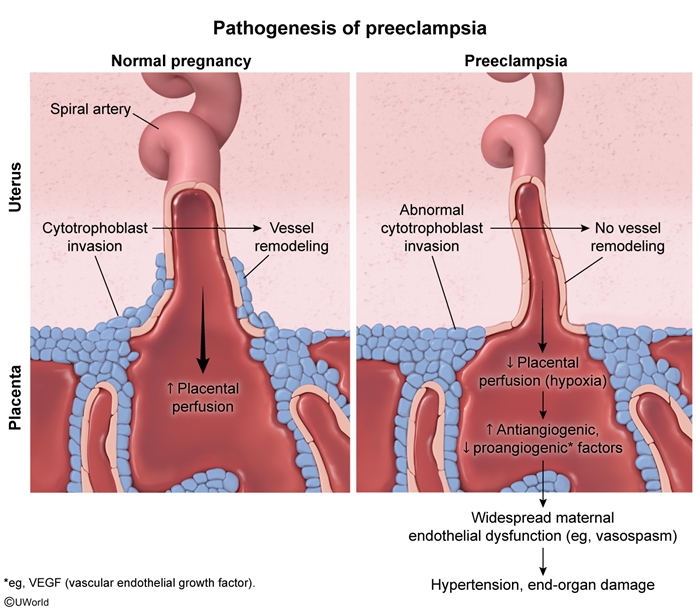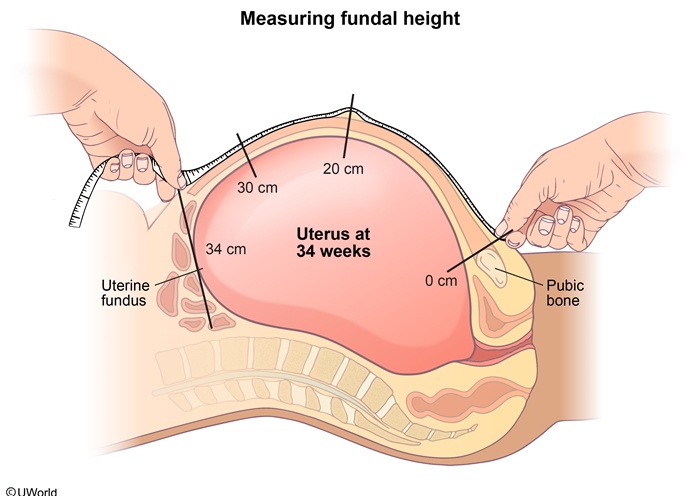Fetal Growth Restriction
Article Sections
Introduction
Fetal growth restriction (FGR) is the pathologic failure of a fetus to reach its growth potential. FGR is diagnosed when the ultrasonographic estimated fetal weight (EFW) or abdominal circumference is <10th percentile for a given gestational age. FGR is associated with increased perinatal morbidity and mortality; therefore, impacted pregnancies require close surveillance to minimize the risk for adverse outcomes.
Pathophysiology and risk factors
FGR results from various placental, maternal, or fetal factors that lead to abnormal growth. FGR is classified as either symmetric or asymmetric, which varies depending on the timing and type of initial insult (Table 1).
Symmetric fetal growth restrictionSymmetric FGR is uniform and equal global growth impairment (eg, head, femur, abdomen); it begins in the first trimester and/or early second trimester due to an early developmental insult (eg, aneuploidy, congenital infection) that affects cell number and overall growth. Causes of symmetric FGR include:
Continue Learning with UWorld
Get the full Fetal Growth Restriction article plus rich visuals, real-world cases, and in-depth insights from medical experts, all available through the UWorld Medical Library.
Figures


